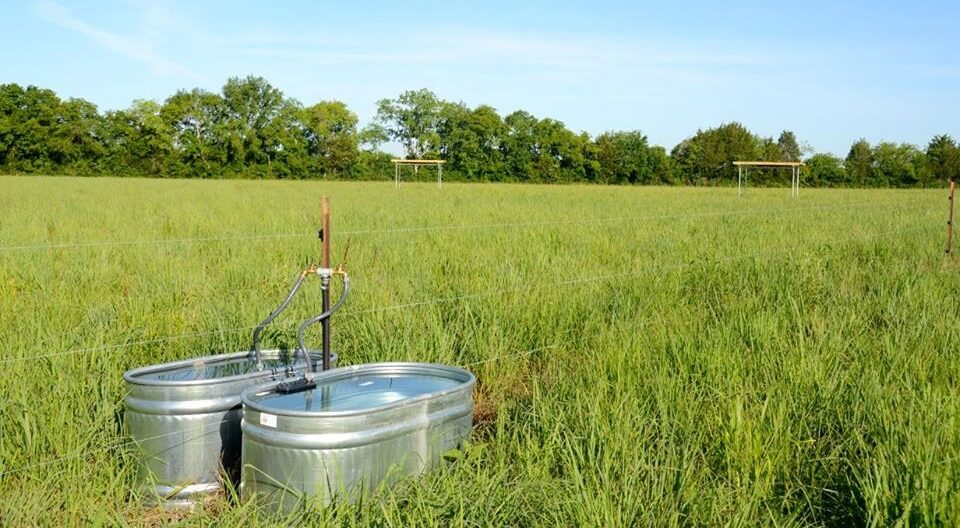
Proper maintenance of agricultural water storage tanks is essential to ensure the quality of water used for irrigation, livestock, and other farm activities. Regular cleaning helps prevent contamination, algae growth, and sediment buildup, which can compromise water quality and affect the health of crops and animals. Here are some best practices for cleaning agricultural water storage tanks:
Regular cleaning is crucial to maintaining the integrity of your water storage tanks. Depending on the tank’s size, usage, and water source, cleaning should be scheduled at least once or twice a year. More frequent cleaning may be necessary if the water source is prone to contamination or if the tank shows signs of algae growth or sediment accumulation.
Before cleaning, ensure that the tank is completely emptied of water. Use pumps or drainage systems to remove all water from the tank. It is essential to have a plan for disposing of the water safely, especially if it contains contaminants or sediments.
Once the tank is empty, conduct a thorough inspection of the interior and exterior. Check for any signs of damage, such as cracks, leaks, or corrosion. Inspect the tank’s fittings, pipes, and valves for wear and tear. Address any issues before proceeding with the cleaning process to prevent further damage or contamination.
Sediment and debris can accumulate at the bottom of the tank over time, reducing its capacity and contaminating the water. Use shovels, brooms, or vacuum systems to remove all sediment and debris from the tank. Ensure that all corners and hard-to-reach areas are thoroughly cleaned.
Scrubbing the interior surfaces of the tank is essential to remove algae, biofilm, and other contaminants. Use stiff brushes, sponges, or pressure washers to scrub the tank’s walls and floor. For stubborn stains or algae growth, consider using a mild cleaning solution. Avoid using harsh chemicals or detergents that can leave residues or harm the environment.
After scrubbing, rinse the tank thoroughly with clean water to remove any remaining cleaning agents, debris, and contaminants. Ensure that all surfaces are rinsed well, and no residues are left behind. Repeat the rinsing process if necessary to achieve a clean and residue-free tank.
Disinfection is a critical step to eliminate any remaining bacteria, viruses, or pathogens. Use a safe and approved disinfectant solution, such as chlorine or hydrogen peroxide, to disinfect the tank. Follow the manufacturer’s instructions for the proper concentration and contact time. Ensure that the disinfectant solution reaches all surfaces of the tank, including the corners and joints.
After disinfection, rinse the tank once more with clean water to remove any residual disinfectant. Ensure that all disinfectant residues are thoroughly flushed out, as they can affect the water quality and harm crops or livestock.
Once the tank is clean and disinfected, it can be refilled with fresh water. Ensure that the water source is clean and free from contaminants. Regularly monitor the water quality to detect any potential issues early and address them promptly.
To maintain the cleanliness and efficiency of your water storage tanks, implement regular maintenance protocols. This includes periodic inspections, cleaning, and monitoring of water quality. Keep detailed records of cleaning schedules, inspection findings, and any maintenance performed. Proper documentation helps identify trends and plan future maintenance activities effectively.